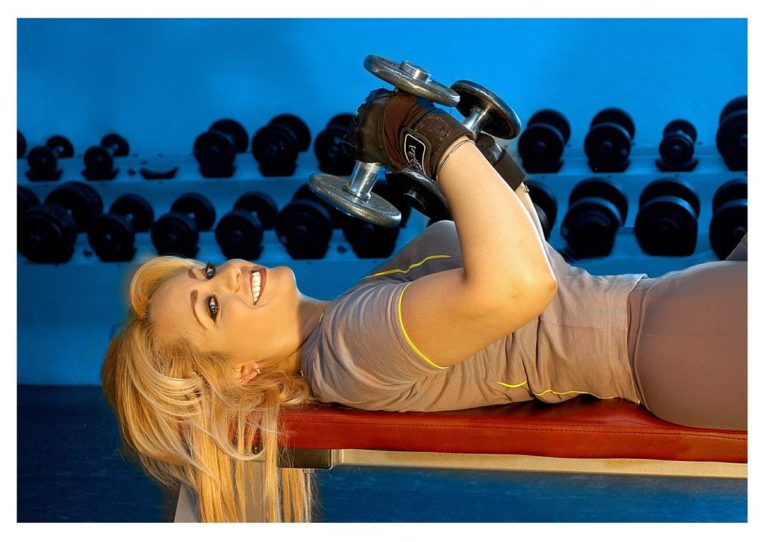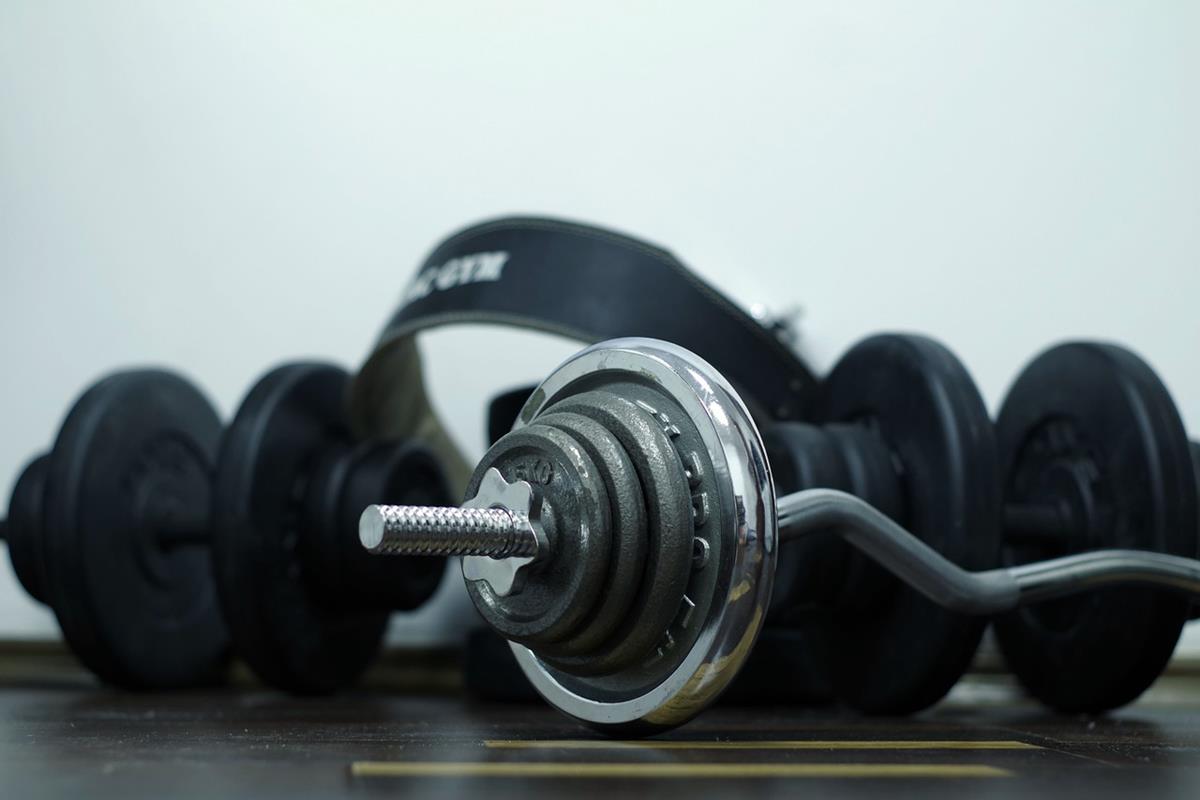Creatine is a dietary supplement which is probably not unfamiliar to anyone who attends a gym.
If you have not used it yourself, you have certainly heard about it since it is all around you. It is the so called holy grail at the gym endowed with very good properties. An additional advantage is the fact that it is a fully legal and very well tested supplement, which can inspire additional confidence.
Check: https://crossthelimits.co.uk/
What does creatine do? Functions and tasks
Chemically speaking, creatine is an acid that occurs naturally in the human body. It produces small amounts of creatine (from 1-2g) per day. However, you can also supply it from the external environment – with a supplement. This allows you to reap even more intensive benefits. Its tasks include:
– Maintaining energy levels in the form of ATP at high levels. This significantly improves performance during training. Training can last longer and be more intensive which improves performance. In addition, ATP is needed for post-workout muscle recovery in the periods between workouts, which is why high levels of ATP are so important.
– Creatine has anabolic functions – it protects muscles from breakdown and sometimes the body’s desire to obtain energy from them.
– Creatine also stimulates carbohydrates to break down and burn better giving you more energy to exercise.

Side effects and dosage
Rational dosing of creatine is not associated with serious side effects. However, as it is a supplement – it can often be overdosed and used for too long. If this happens the body may experience gastric problems, the risk of straining muscle fibres and muscle cramps.
Many people using creatine at the beginning of their adventure perform the so called loading phase. This is taking creatine in the amount of 10-20g before the period of 10 days. After that they switch to standard creatine use of about 5g on non-training days on an empty stomach and 5g before and after training on the day of physical activity.



